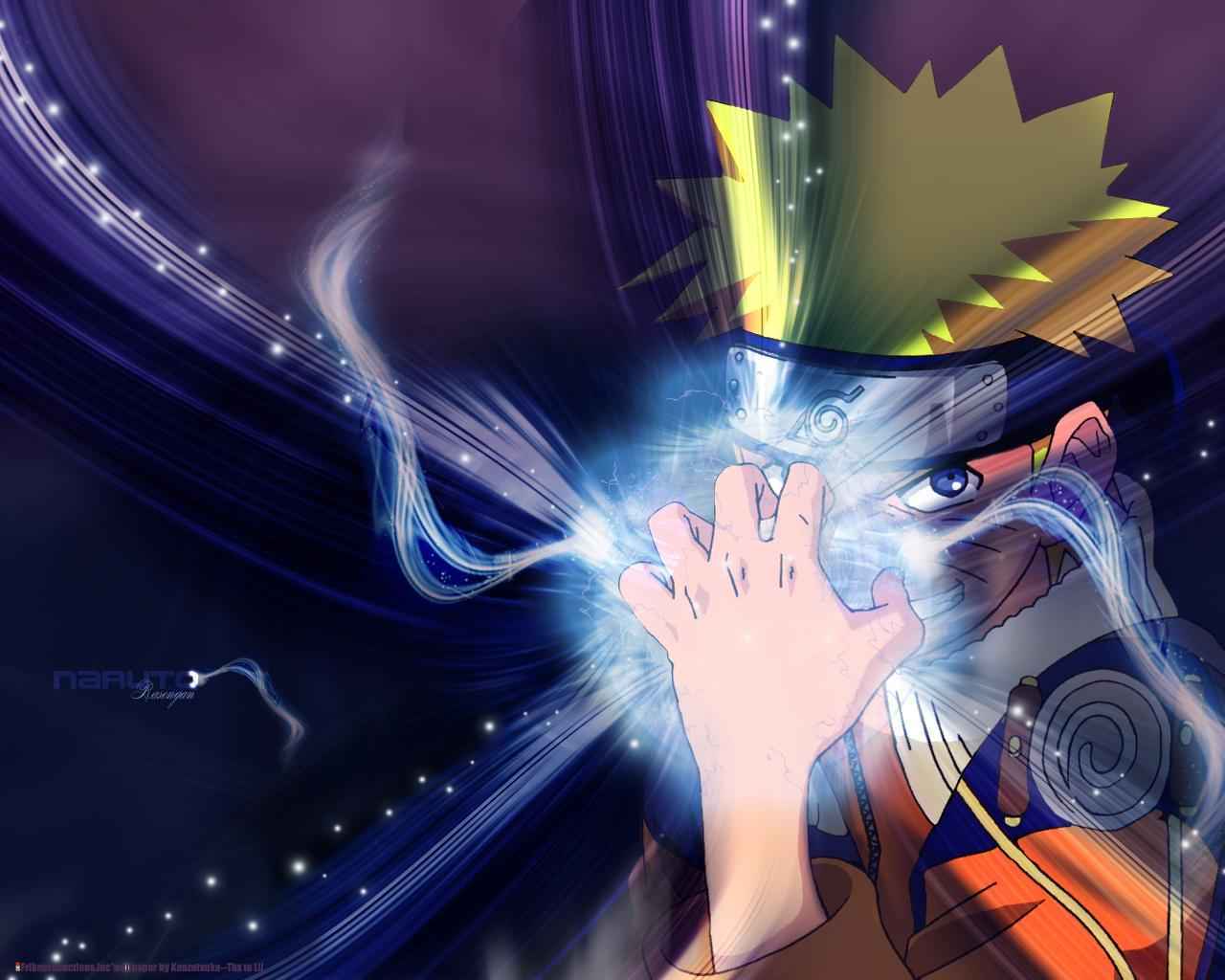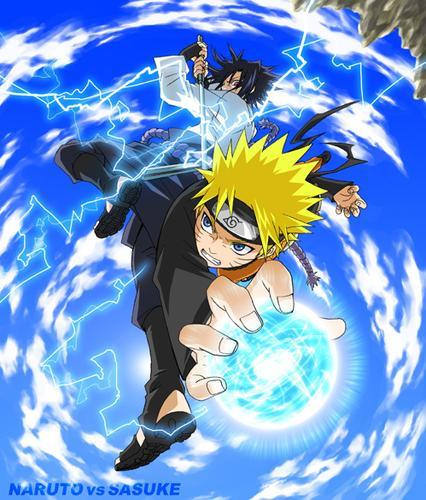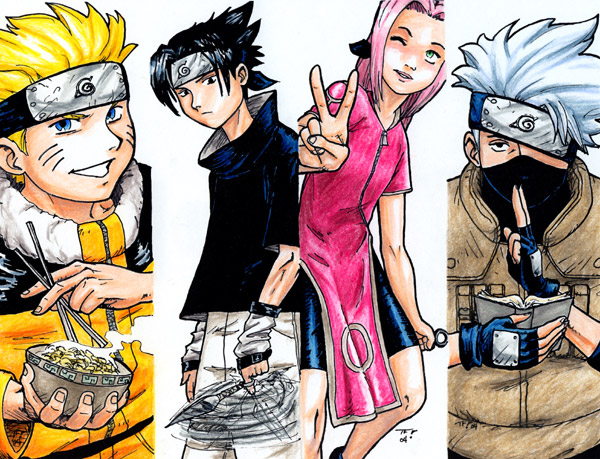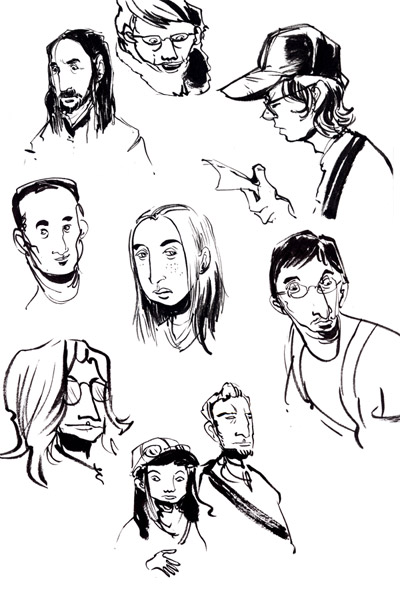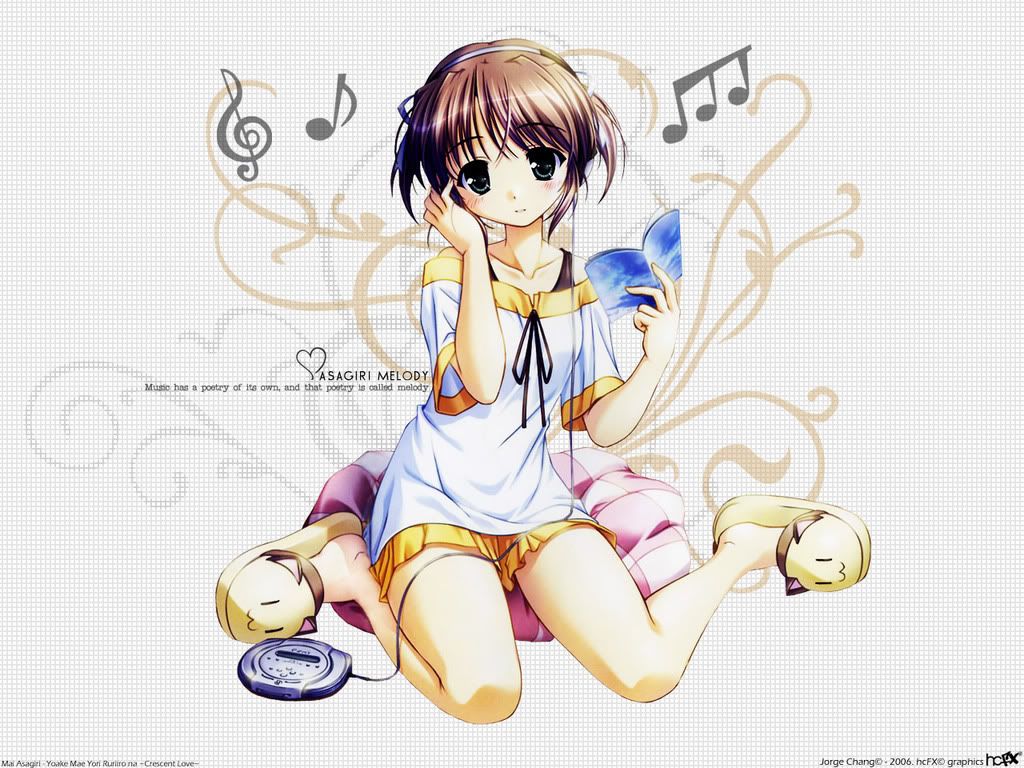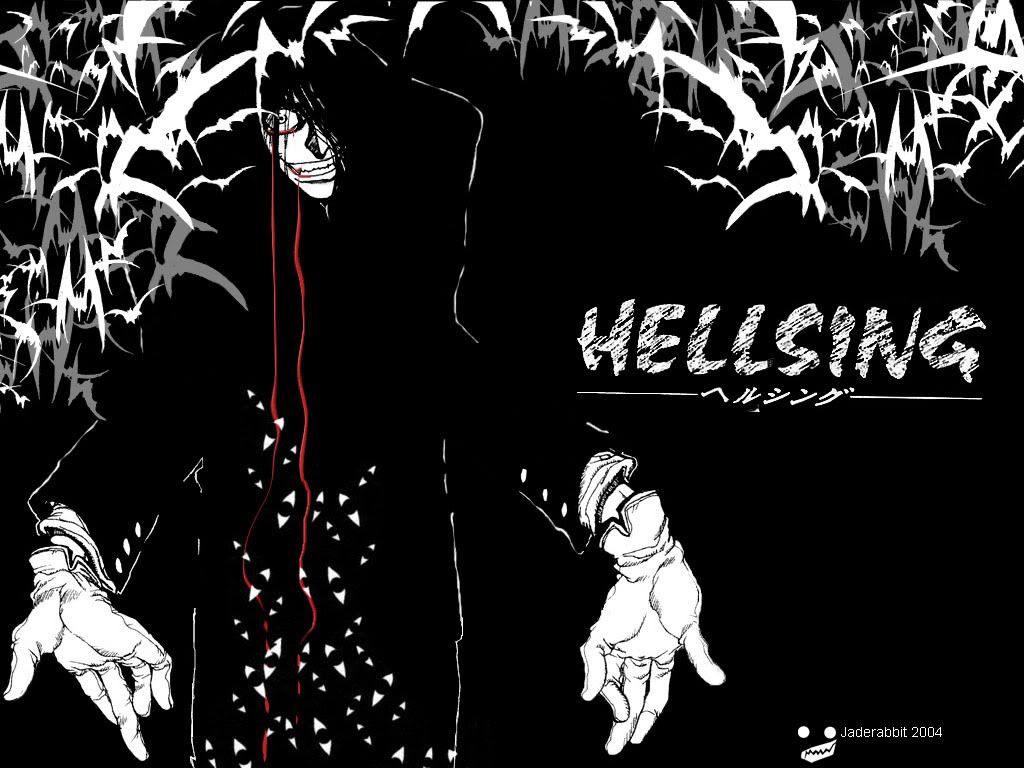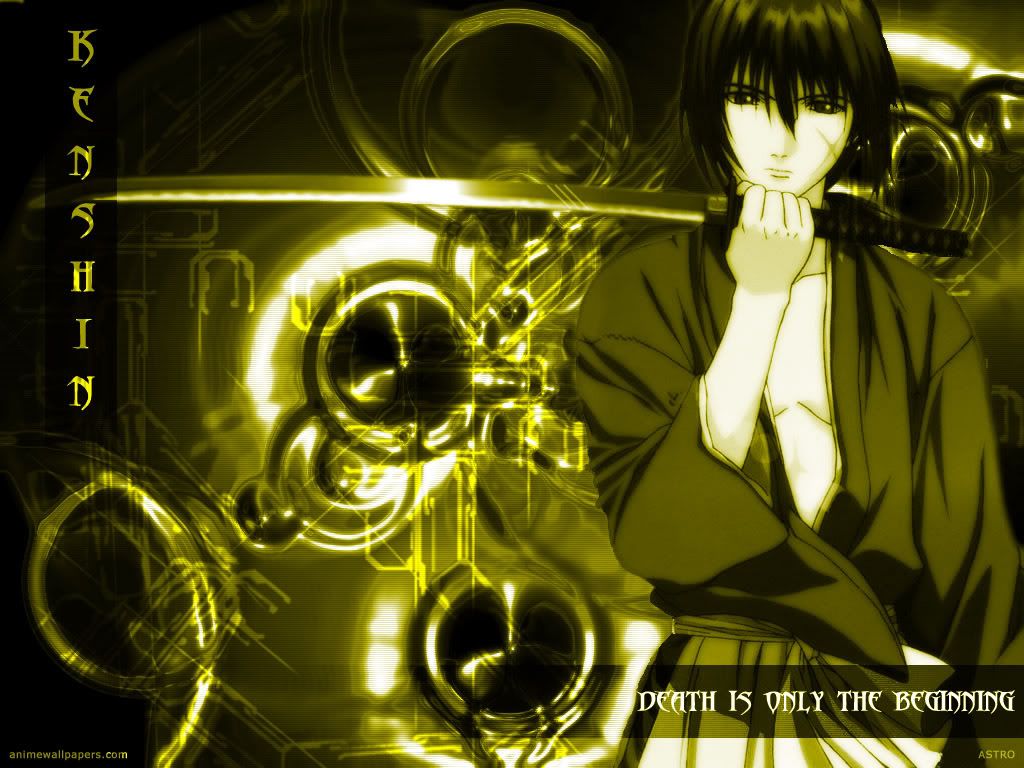 Flash movies are great favorites of Web designers, as they can have moving pictures, games, and interactive displays on pages that download in a reasonable amount of time. But what is a flash player? It is a plug-in that helps your browser play flash movies. Anyone who has visited websites with games, cartoons or interactive activities all on the same web page has knowingly or unknowingly used flash.
Flash movies are great favorites of Web designers, as they can have moving pictures, games, and interactive displays on pages that download in a reasonable amount of time. But what is a flash player? It is a plug-in that helps your browser play flash movies. Anyone who has visited websites with games, cartoons or interactive activities all on the same web page has knowingly or unknowingly used flash.You can do quite a few things with flash. A flash-built web page might have cool buttons, or menu bars that change as you make choices. It could let you play a game, or do a drawing. It is even possible to have fully interactive web pages that look more like video games than the web.
 The use of flash is very common on company websites. Design and media companies in particular prefer the use of flash because they want to impress visitors. Many newspaper and magazine websites also use flash to make interactive maps of places that are in the news.
The use of flash is very common on company websites. Design and media companies in particular prefer the use of flash because they want to impress visitors. Many newspaper and magazine websites also use flash to make interactive maps of places that are in the news.
Flash is the program used by web designers to make the pages, games and special files – or 'movies' - that this program creates. The movies are added to web pages just like pictures or other extras, like Java. When the page is sent from a web server to a browser, the movie file is sent too. The flash player, a special program, reads these movie files and displays them properly inside the web pages.
Although not a standard part of the world wide web, ever since flash was launched in 1995 it has become the most common way to add cool extras to websites. Many computers are sold with the flash player already installed. In fact, over 97% of Internet users have already got flash on their computers.
 Flash gets a new version at frequent intervals, and you may need the latest version of the flash player in order to see pages created using it.
Flash gets a new version at frequent intervals, and you may need the latest version of the flash player in order to see pages created using it.
As flash animations have reasonably small file sizes, larger and more complex animations can be put online and downloaded reasonably quickly. They can also have interactive ability built into them, which is extremely popular for online games and special effects on web pages. The problem with flash is that it can make sites hard to look at and slow to download if it used too frequently.







